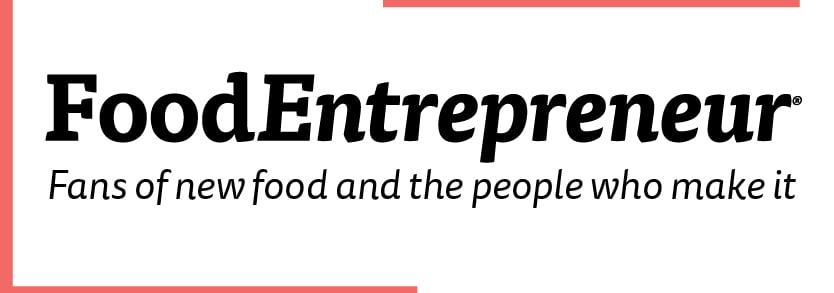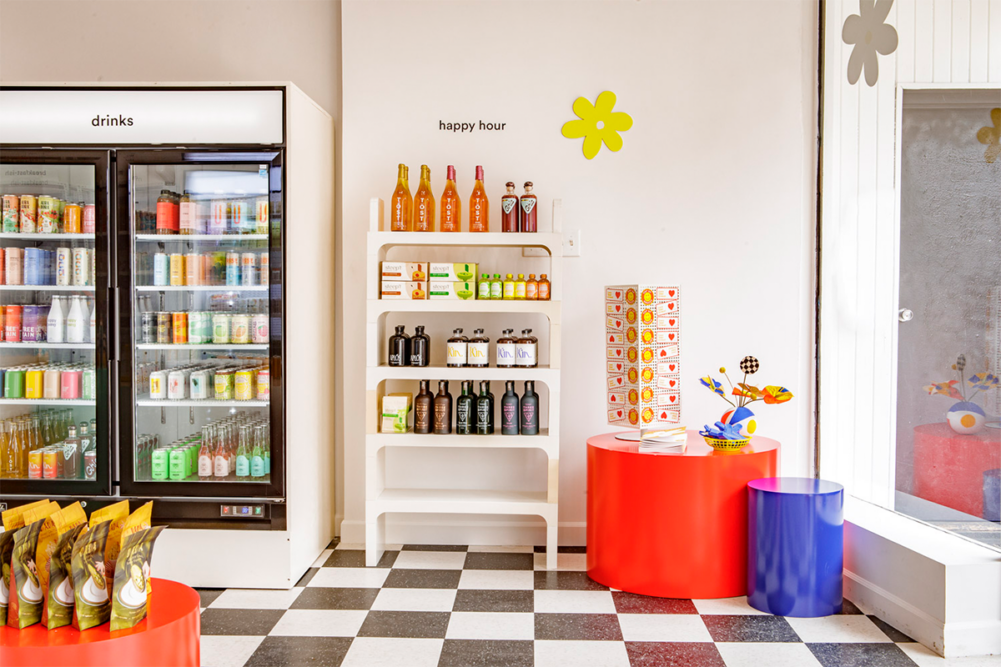 NEW YORK — Pop Up Grocer has become known as a destination for discovery and a launchpad for hundreds of emerging brands. Emily Schildt, founder and chief executive officer, shared how she curates its assortment during a presentation at the Summer Fancy Food Show.
NEW YORK — Pop Up Grocer has become known as a destination for discovery and a launchpad for hundreds of emerging brands. Emily Schildt, founder and chief executive officer, shared how she curates its assortment during a presentation at the Summer Fancy Food Show.
She launched the business four years ago as an “experience-oriented grocery store” setting up shop in major cities across the country for a month at a time. This past March, Pop Up Grocer opened its first permanent location in Manhattan’s West Village, with a quarterly rotation of items and a coffee bar and bakery. The company also is partnering with Nordstrom to feature temporary marts in a handful of its department stores throughout the summer.
“Over the past four years we have worked with more than 700 emerging brands… largely in the food and beverage categories but also home, pet and body care brands,” said Ms. Schildt, previously a branding and marketing consultant with more than a decade of consumer packaged goods experience. “… We are a concept that exists first and foremost to introduce consumers to new products.”
Pop Up Grocer offers about 400 products per rotation versus the tens of thousands of items stocked in a traditional supermarket, Ms. Schildt said.
“Our stores are 1,500 square feet as opposed to the size of a football field, and we intentionally don’t have top or bottom shelves, so everything is at eye level,” she said. “And we also source one to two per category, so our brands can get some competitive insights from their time on shelf but are really able to be spotlighted.”
She described the concept as an opportunity for founders and operators to assess product-market fit while gaining exposure to industry thought leaders and tastemakers.
“We have so many brands that have been on our shelves and have gone on to see incredible success,” Ms. Schildt said. “What I like to explain to the makers who participate with Pop Up Grocer is that essentially what we provide is a platform for possibility.
“If your product sucks or your marketing sucks or if your operational skills aren’t there, we can’t fix that. But what we can do is provide the space that has real potential for a number of things such as a major retailer discovering you, a major influencer or celebrity posting about you, same thing with press or media, an investor discovering the product there.”
Among recent product trends she has observed are Asian and Southeast flavors and dishes, mushrooms in many forms, and a move away from specific diets in favor of specialty products and ingredients. She said shoppers are “actually very excited and enthusiastic about indulging,” citing upscale brownies, cookie dough and potato chips as top sellers in her stores.
She outlined three criteria for products fit for Pop Up Grocer shelves.
“One, is it new?” she said. “Is there a compelling founder story? Is there a sustainability component?
“The second thing we look for is aligned with our ingredient standards. In summary, I would describe those as being responsible, thoughtful, conscious.”
Packaging and branding also play a role, she said.
“Over the course of our existence we’ve learned what our consumer is attracted to, finds appealing, is drawn to,” Ms. Schildt said, pointing to bold colors and typography and illustrations as design trends resonating with today’s shoppers.
“What’s interesting in branding right now is there was this branding trend for a while where everything was minimal and monotone, and that was necessary because it was a diversion from the majority of brands that were out there at that time,” she said. “Now I think we’re swinging back in the other direction, and what is really sparking for consumers as well is a brand that has a very clear identity. It’s loud and proud like Omsom; it has a voice, it has character, it makes someone say, ‘Wow, I want to be a part of this.’”
In addition to its retail shops, Pop Up Grocer offers discovery boxes that may be ordered online and contain a surprise selection of six to eight items, Ms. Schildt said. The boxes are available as part of a monthly subscription or a one-time purchase, she said.
“Our consumer is younger and … we have a shorter attention span,” she said. “Just the fact that we are consistently providing things that are new is really attractive to them, really excites them and makes them feel seen.”Enjoying this content? Learn about more disruptive startups on the Food Entrepreneur page.





